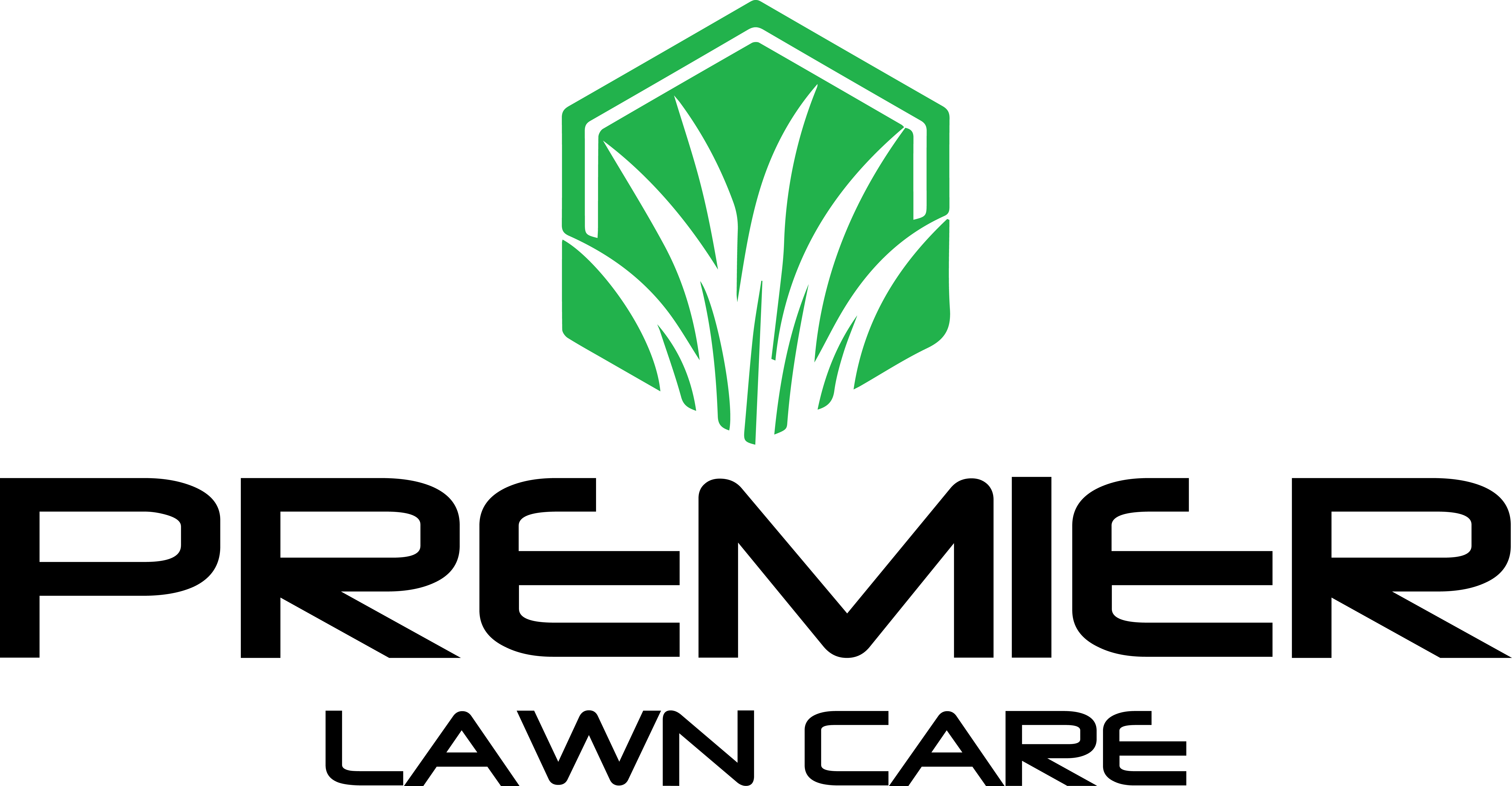Follow Us x
The secret to keeping your lawn green and weed free throughout the seasons comes down to one constant - a turf care program from Premier Lawn Care.
The soil beneath most lawns doesn't contain enough nutrients for healthy growth. Without proper lawn care fertilizer, turf grasses may be less vigorous, and vibrant, and may not grow as strong of a root system.
Using the correct lawn care fertilizer and herbicide (if necessary) can be crucial. That's why employing a professional for lawn fertilization or a weed control service company can save you money and headache in the long run. It's important to not just fertilize, but to employ fertilizing lawn care knowledge and best practices for the most effective results.
Our 5 Application Fertilization/Weed Control Program
Our comprehensive five application process ensures your lawn receives the vital nutrients at the proper time and herbicide spraying applications when needed to keep unwanted noxious broadleaf and grassy weeds out of your lawn.
1 - Early Spring - Crabgrass pre-emergent plus spring fertilizer
2 - Late Spring - Broadleaf weed control
3 - Early Summer - Slow release fertilizer to ensure turf stays green through the summer (with proper watering)
4 - Late Summer - Broadleaf weed control
5 - Fall - Slow release winterizing fertilizer that is high in Nitrogen to increase the root strength & increase green-up speed in spring
What Is Lawn Care Fertilizer and How Does It Work?
Fertilizer for turf contains three primary active ingredients: nitrogen, phosphate, and potash.
Nitrogen is the most important of the three ingredients of a lawn fertilizer. Nitrogen is critical for plant proteins, chlorophyll, amino acids, and other parts of a grass. It improves the deepness of the color and density of your lawn, and it stimulates growth. Too much nitrogen, or too much of the wrong type of nitrogen, and you may suddenly find yourself in the middle of a lawn mowing frenzy with extremely fast grass growth.
With deep lawn fertilizing applications, you'll also need to know the proper blend of soluble and insoluble nitrogen as well as performing lawn aeration and possibly de-thatching to get the best penetration into the soil.
Phosphorus is one of the elements in Phosphate. Phosphorus is a key element in plant nutrition and is essential for turning the sun's energy into plant compounds via photosynthesis. It is also a critical ingredient in turf's DNA and RNA. DNA is required for all living things, and RNA is needed to build plant proteins and other compounds needed for the grass to grow.
Often times, phosphorus content in the soil is already high due to runoff caused heavy algae growth in wetlands, stream, and lakes, and is often not allowed for application in most locales. So most fertilizer manufacturers do not use phosphorus in their formulations.
Potash contains two atoms of potassium and one of oxygen. The potassium helps improve heat and cold tolerance, increase drought and disease resistance, and overall improve root growth.

